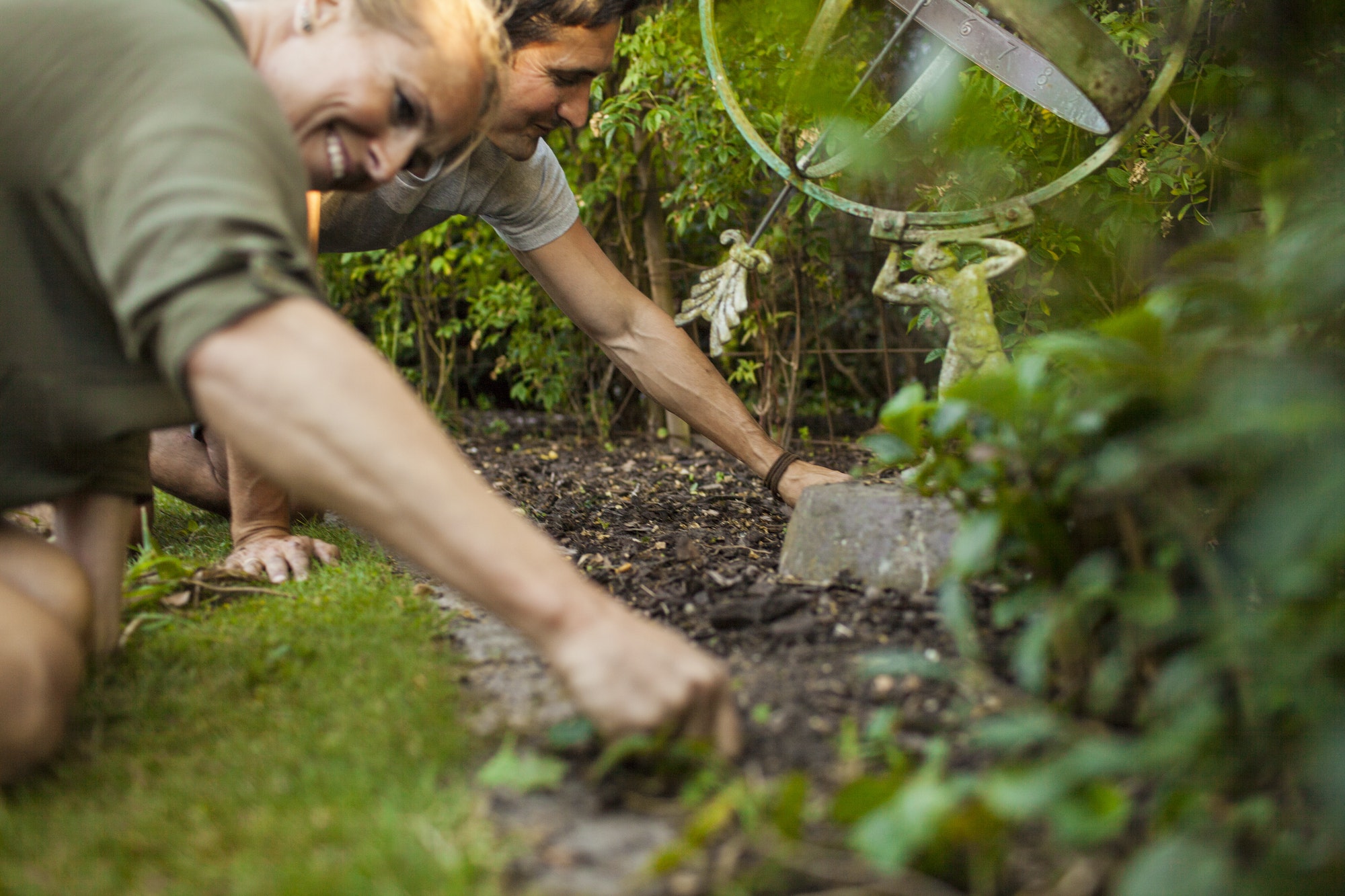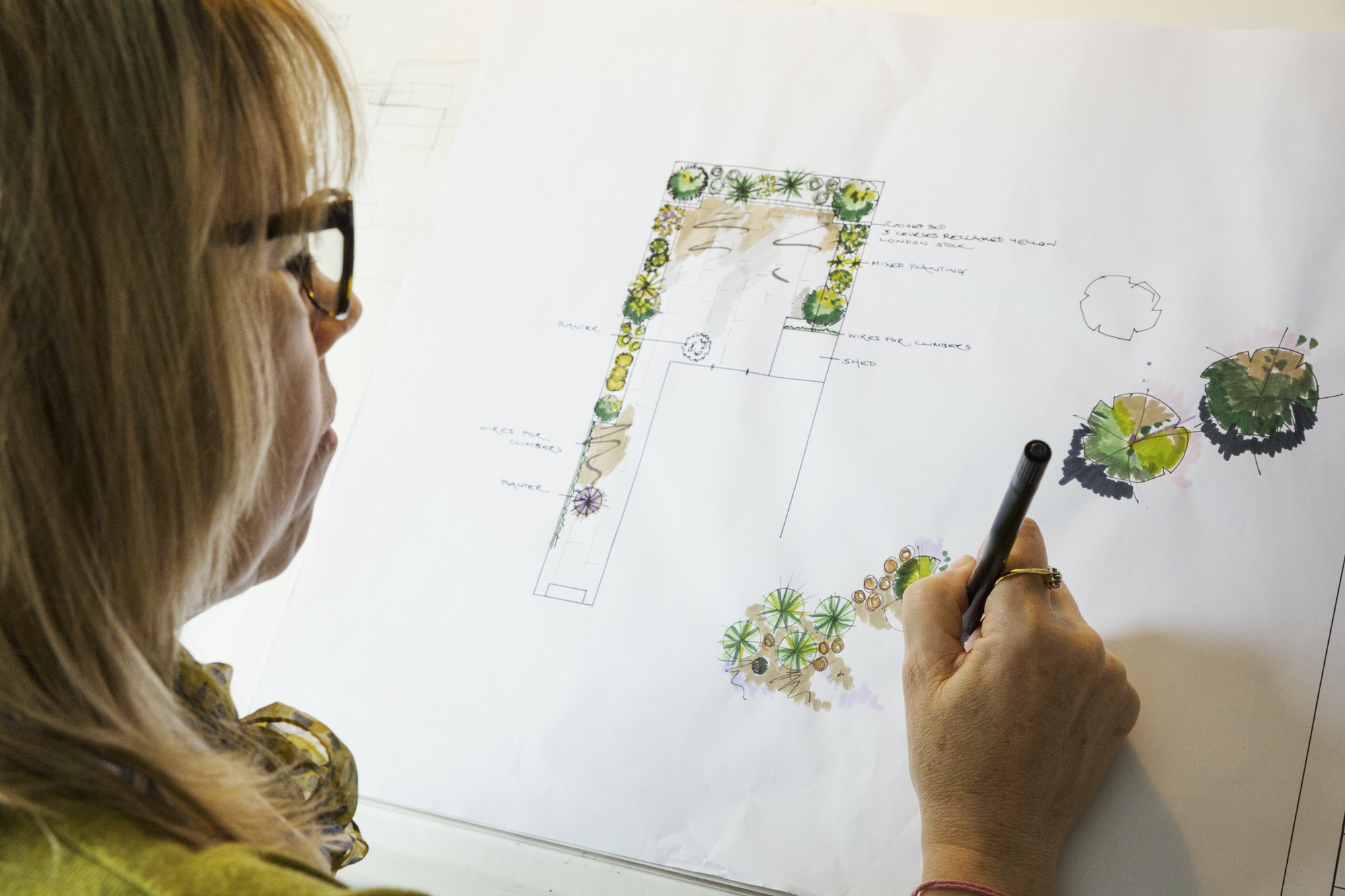When it comes to harmonizing nature and architecture, few gardening techniques can rival the mesmerizing charm of pleached trees. A horticultural artform with roots in ancient Europe, pleaching involves intertwining and training trees to create living screens, archways, and avenues. The result is a stunning display of living architecture that adds elegance, privacy, and greenery to any landscape. In this article, we delve into the captivating world of pleached trees, exploring their history, benefits, and how to incorporate them into your garden.
1. A Brief Historical Overview
Pleached trees, also known as “espalier” in some regions, have a long and storied history that dates back to Roman and medieval times. Originally developed in Europe, the technique gained popularity during the Renaissance, gracing the gardens of noble estates and monastic institutions. The art of pleaching reached its pinnacle during the Baroque period, with elaborate designs adorning the gardens of grand palaces. Today, this ancient gardening practice continues to captivate horticulturists and landscape architects, making its way into contemporary gardens around the world.
2. The Pleaching Process
Pleaching involves training young trees to grow along a framework, guiding their branches to form geometric patterns or tightly woven screens. Common tree species used for pleaching include Hornbeam (Carpinus betulus), Beech (Fagus sylvatica), Lime (Tilia spp.), and Crabapple (Malus spp.). During the dormant season, young saplings are selected and carefully pruned to create a clear stem with a head of lateral branches. These branches are then tied together and gently encouraged to grow horizontally along a support system, forming a uniform lattice-like pattern.
3. The Advantages of Pleached Trees
3.1. Space Optimization: One of the primary benefits of pleached trees is their ability to provide vertical interest without consuming a significant footprint. In urban environments and small gardens, pleached trees offer an excellent solution to create privacy or green walls without sacrificing valuable space.
3.2. Aesthetic Appeal: Pleached trees bring a touch of elegance and formality to any landscape. Their structured appearance and neatly trimmed foliage evoke a sense of order and symmetry, adding an architectural element to the garden.
3.3. Versatility: Whether used as a natural fence, shaded walkway, or decorative backdrop, pleached trees boast incredible versatility. Their adaptability to various forms and spaces makes them a go-to choice for landscape designers seeking to achieve a cohesive and refined ambiance.
3.4. Privacy and Sound Barrier: Due to their dense, interwoven foliage, pleached trees function as a living barrier that filters noise and provides privacy, making them ideal for shielding gardens from busy streets or neighboring properties. Pleached Trees
4. Incorporating Pleached Trees into Your Garden
4.1. Site Selection: Choose a location with adequate sunlight and well-draining soil to ensure the healthy growth of pleached trees. Avoid planting them too close to walls or buildings, as they need space for lateral growth.
4.2. Selecting Tree Species: Pick tree species suitable for your climate and soil conditions. Hornbeam and Beech are popular choices for temperate regions, while Lime trees are better suited to milder climates.
4.3. Creating a Support Structure: Before planting, install a sturdy support system that will guide the branches and maintain the desired shape. This framework could be made of wooden trellises, metal wires, or other durable materials.
4.4. Regular Pruning and Maintenance: Regular pruning is essential to maintain the shape and form of pleached trees. Prune during the dormant season to encourage lateral growth and remove any unwanted shoots.
4.5. Watering and Fertilizing: Adequate watering and fertilization are crucial for the healthy development of pleached trees, especially during their early years. Mulching around the base of the trees helps retain moisture and suppress weed growth.
In Conclusion
Pleached trees are a remarkable fusion of nature and architecture, bringing an air of refinement and artistry to any garden or landscape. Rooted in history and perfected over centuries, this horticultural technique continues to captivate enthusiasts with its timeless beauty and functional advantages. By incorporating pleached trees into your garden, you can create a living masterpiece that harmoniously blends the beauty of trees with the elegance of design.
This article is provided by
https://www.provendernurseries.co.uk/plants/trees1/pleached-trees1



